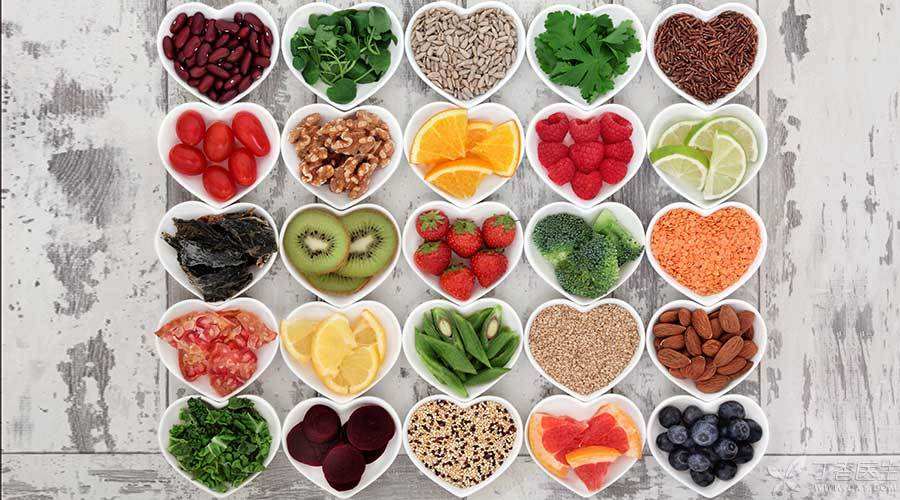
The occurrence of hypertension is closely related to unhealthy diet. If you have hypertension, if you stick to a healthy diet for a long time, it will be a big help to reduce blood pressure.
I’d like to introduce you to a diet against hypertension, called [DASH Diet], which has won the title of the best diet of the year in the United States for six consecutive years.
Long-term adherence to DASH diet can reduce systolic blood pressure by 7 ~ 12 mmHg, which is a powerful helper to control blood pressure. In addition, it can also prevent osteoporosis, cancer, heart disease, stroke and diabetes.
What should I do with such a good diet? After all, the eating habits of Americans and Chinese are different. According to the eating habits of our country, and for the sake of easy memory, I have summed up a phrase for everyone:
It is better to eat coarse grains than refined rice, drink more milk and less salt and sugar.
Don’t forget fruits and vegetables, less oil and more fish are healthier.
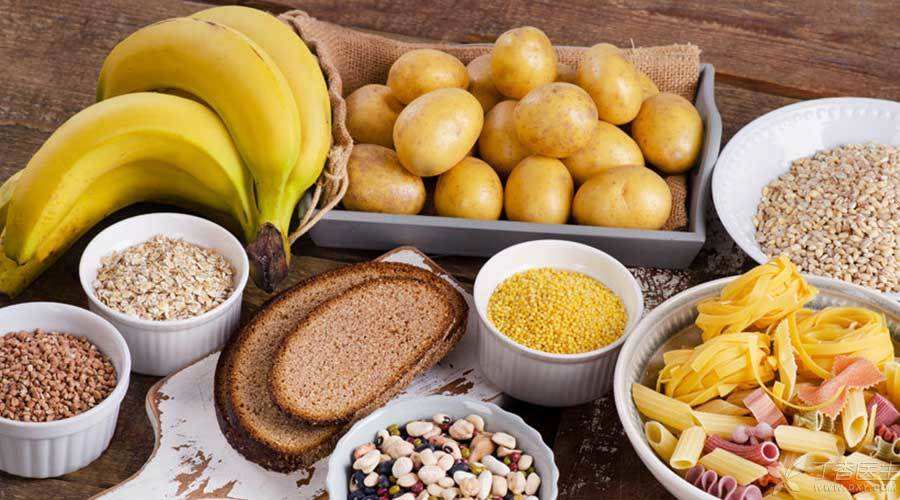
It is better to eat coarse grain than refined rice.
Coarse grains are more nutritious than refined rice and white flour, such as potassium and B vitamins. Under the same full condition, coarse grains are used as staple food, with lower calories and more diverse nutrition.
You can do this:
- For those who like to drink porridge, coarse cereal porridge cooked with oats, mung beans, red beans, corn, etc. is used instead of rice congee. When steaming white rice, remove half of the original white rice and replace it with black rice, brown rice or various beans. Steamed purple potatoes, potatoes, sweet potatoes and pumpkins are used instead of white rice and steamed bread as the staple food for a meal.
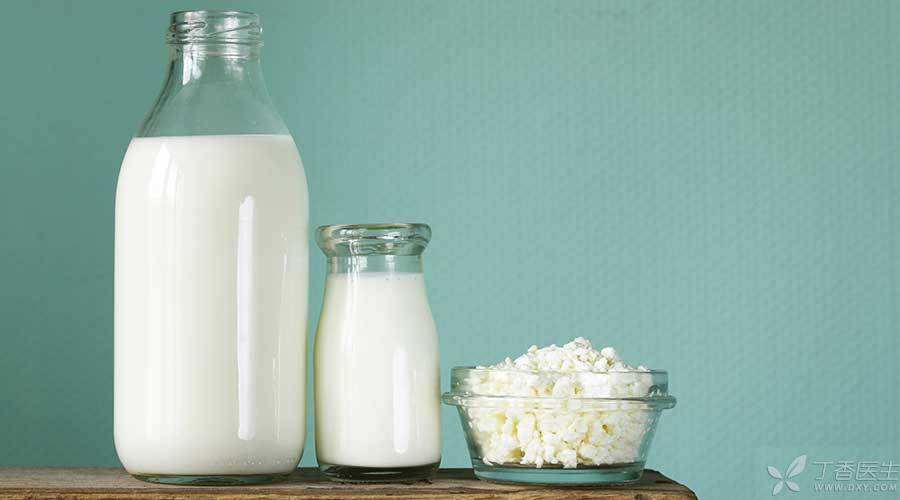
Drink more milk and less salt and sugar.
A diet with high sodium and low calcium is one of the risk factors for hypertension among Chinese residents. Excessive sugar will also increase the risk of diabetes, adding to the already high blood pressure.
You can do this:
- Choose low sodium salt, low sodium soy sauce, etc. Try to choose the cooking methods of stir-frying and steaming, and use less barbecue, frying, braise in soy sauce and sweet and sour. Drink 300 mL of milk every day, overweight people choose skim or low-fat milk, and people who are prone to diarrhea choose yogurt. Reject all kinds of sweet beverages, including all kinds of sugary milk beverages and probiotic beverages.
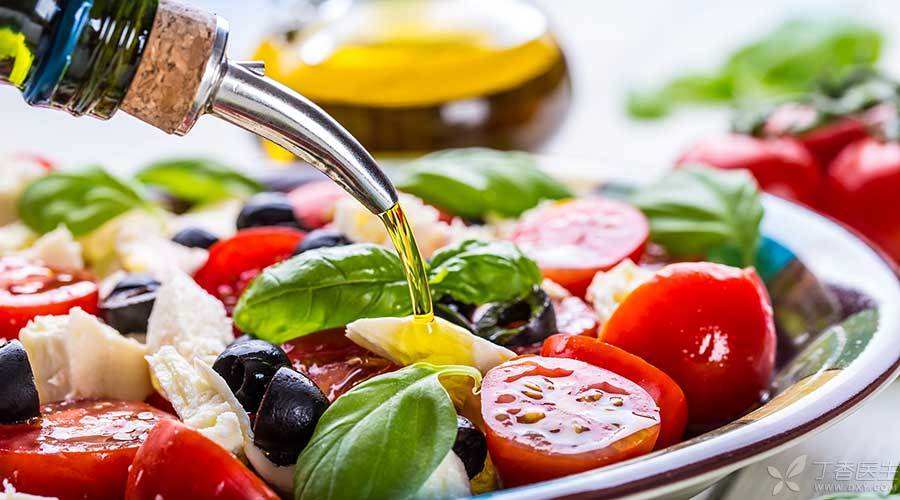
Don’t forget fruits and vegetables
Vegetables and fruits are rich in dietary fiber, vitamins and various trace elements, especially rich in potassium, which can resist the blood pressure-raising effect of sodium.
You can do this:
- Green leafy vegetables are combined with melon and fruit vegetables, and at least one plate of vegetables is eaten at each meal. Skillfully use the taste of vegetables themselves and put less seasonings, such as replacing ketchup with fresh tomatoes; Use fruits instead of other snacks to add food. If you don’t like fruit, you can use fresh fruit to squeeze juice and drink it, but don’t add sugar.
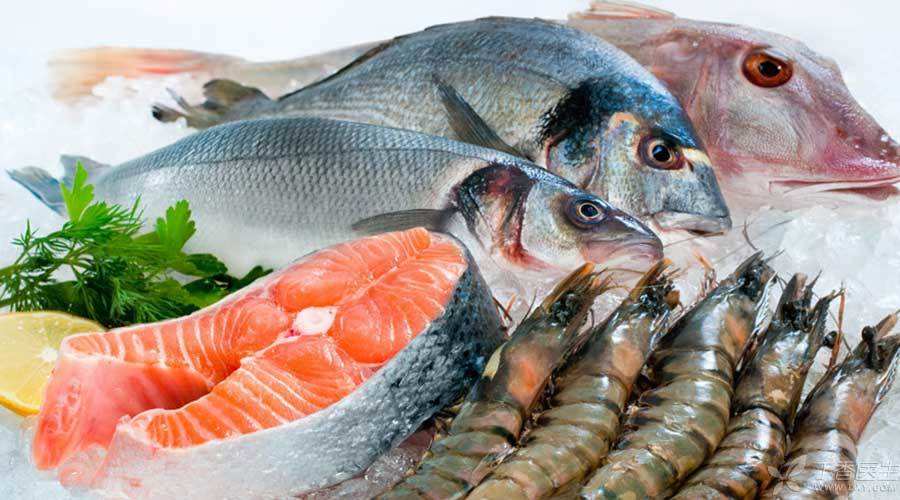
Less oil and more fish are healthier.
Fat is not an enemy, but eating too much fat, especially saturated fat and trans fatty acids, increases the risk of cardiovascular and cerebrovascular diseases, diabetes and obesity. In our daily diet, we should choose protein and fat sources that are more beneficial to our health.
You can do this:
- Remove the skin and fat of poultry meat and lean meat before cooking. Choose vegetable oil when cooking and try not to use animal oil. You can choose some fish that are beneficial to heart health, such as salmon, herring or tuna. Choose original nuts for daily snacks, or add nuts to daily dishes.
Let’s move now!
It is not as important to put dietary suggestions on your mouth, to your heart and to stick them on the wall as to practice them on the dining table. Starting today, enjoy the changes brought about by healthy eating a little bit.
